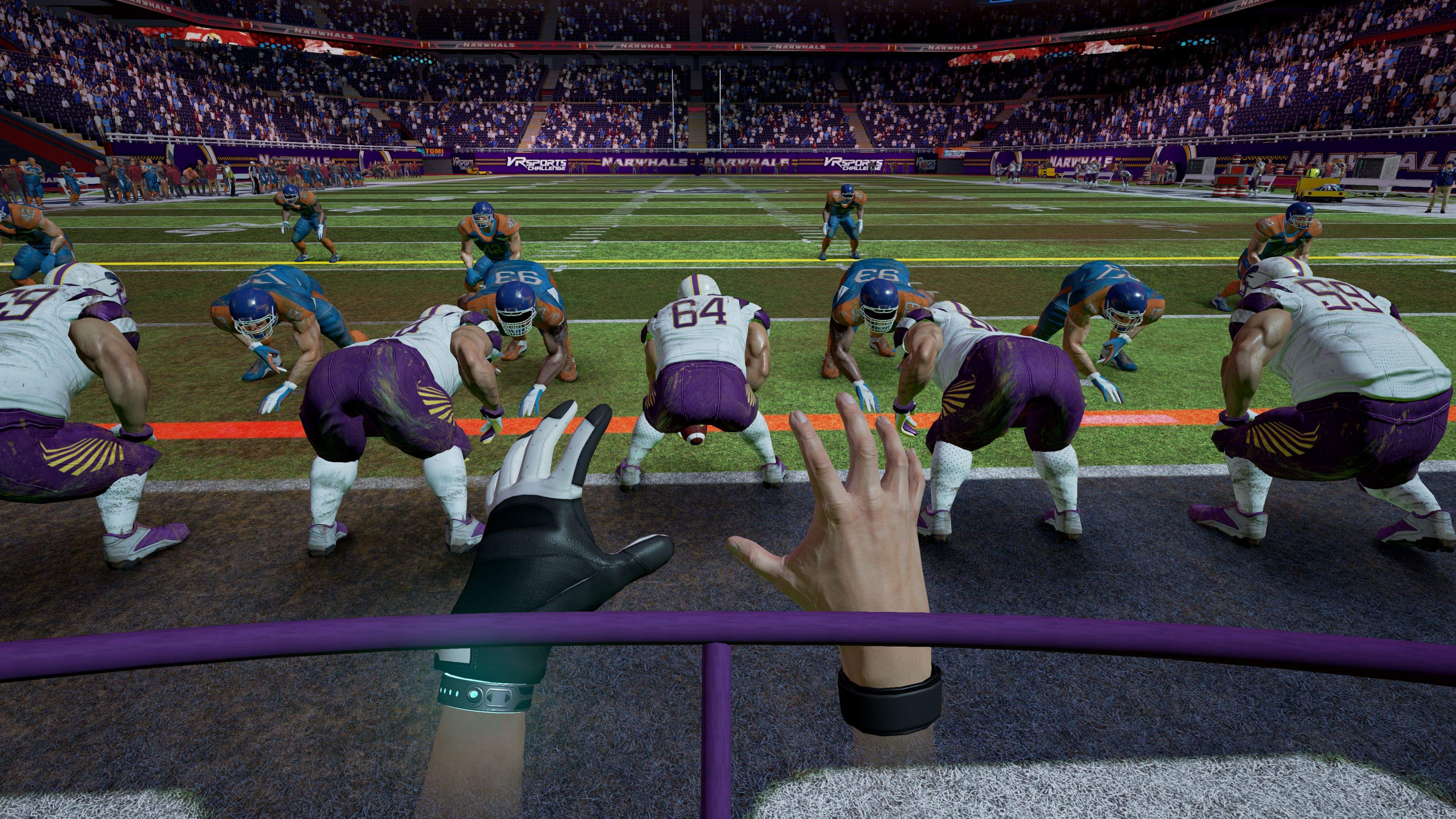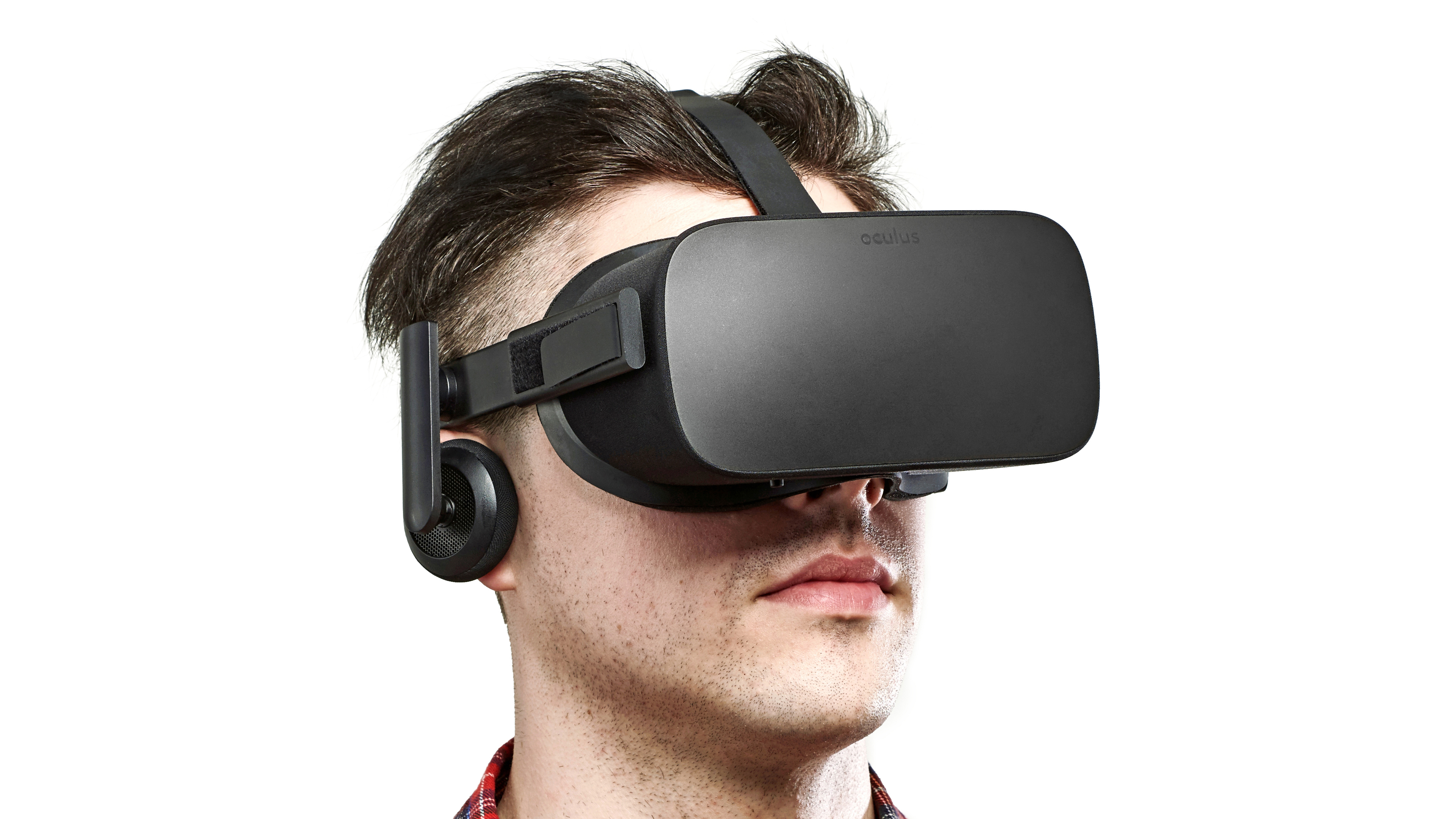Why you can trust TechRadar
Out of all the questions I was asked over the two weeks that I tested the Oculus Rift for, the most frequent ones were, "What is it like to spend a few hours in virtual reality?" and "Will it make me sick?"
Well, for starters, I should probably point out that even though games, movies and images are in high-resolution, you'd never struggle to tell the difference between what you're seeing on the Oculus Rift and what you're used to seeing in the real world.
That's not to say it breaks the immersion when you're in a VR world or even that it's overly grainy or pixelated – it's not. But objects in games aren't always completely clear when you really look at them. Now, that's a different story for local media played inside the headset via a virtual TV set up in a faux-living room, but in reality, I'm not sure putting a 1080p image on a $600 headset is a feature worth writing home about.
At this stage, at least, it's easy to tell the virtual world from the real one. For some people, that might make the Rift come off as more of a novelty, like Nintendo's Wii, rather than the ground-breaking innovation that all those critics I mentioned at the beginning see it as.

As for the question about feeling sick while using virtual reality?
The short and sweet answer is yes, it probably will make you sick. Some of you, even the most hardcore of hardcore who play games for seven or eight hours a day, might feel like the world has been pulled out under your feet when you step into virtual reality.
Motion sickness and building a tolerance to VR
According to Oculus, if you want to stay in virtual reality for more than a few minutes, you're going to need to build a tolerance.
The first time I tried VR, I felt very sick. Only by subjecting myself to the feelings of disassociation, anxiety and paralyzing overwhelmingness that can be experienced when you put on a virtual reality headset over multiple occasions could I finally overcome this feeling and start to actually enjoy VR.
Your body isn't used to feeling disconnected to the visual stimuli it's receiving. Even if you game for hours and hours per day, you still are sitting in the real world, periodically removing your gaze from the television to look at your cellphone or interact with another human being. In virtual reality, the only things you see are the screen and the objects on it, yet you can't physically interact with them. This leads to the feeling of disconnection and resulting nausea.

However, once you get your space legs, there are still two big problems you have to face.
The first is that no matter what position you are in, as long as your arms and hands aren't represented in-game, you're forever going to feel a pang of disassociation whenever you look down at your body.
The second problem is that, while I enjoyed every second I spent in virtual reality, the transition of coming back to the real world was one that I found especially difficult. Without dramatizing the emotions, I felt as though I wasn't all there when I took off the helmet. The closest feeling I can pick out is the one where you look at yourself in the mirror and don't really understand the person looking back at you.
You're still you, but it doesn't feel like you at first.
As disconcerting as they may sound, these side-effects don't actually concern me based on previous experience, and I'll keep to my habits of extended use after I'm done writing this review. I've played video games on CRT TVs long enough to know that, while strange, these secondary effects do fade in time without leaving behind permanent damage.

The future of the Oculus Rift and VR in general
Even though you've spent the last few minutes reading the 4,000 words or so I've written detailing how games work, what virtual reality is like and what you can expect from the Oculus Rift if you get one, there's still more to talk about.
Oculus has amazing plans for the Rift. It could very well be the next evolution of Facebook. We might one day hold meetings in virtual reality. I mean, it has a microphone built-in, so there's absolutely nothing stopping Oculus from enabling such a feature next week (and Facebook's Mark Zuckerberg has actually demoed it already).
You might one day use it as a therapeutic tool, letting the hardware transport you to a beach where you can meditate. There are plans to use it as a gateway to music festivals, like South by Southwest and Coachella, as well as live concerts and sports games.
There are even porn companies that are shooting 360-degree videos that you can watch on devices like the Oculus Rift. (If you're into that kind of stuff, we have a great article about it written by my colleagues, Michelle Fitzsimmons and James Peckham.)
I guess what I'm trying to say is that there's a lot of potential here, and once we learn how to tap into it better by becoming native VR users, it's only going to get better.
I'm still not convinced the Oculus RIft is the all-encompassing "future of entertainment" that others have labeled it as, but I'm optimistic that it might earn that title in the coming years, especially as new models arrive.
Current page: Motion sickness, extended use and VR's future
Prev Page Design, performance and content library Next Page VerdictNick Pino is Managing Editor, TV and AV for TechRadar's sister site, Tom's Guide. Previously, he was the Senior Editor of Home Entertainment at TechRadar, covering TVs, headphones, speakers, video games, VR and streaming devices. He's also written for GamesRadar+, Official Xbox Magazine, PC Gamer and other outlets over the last decade, and he has a degree in computer science he's not using if anyone wants it.

